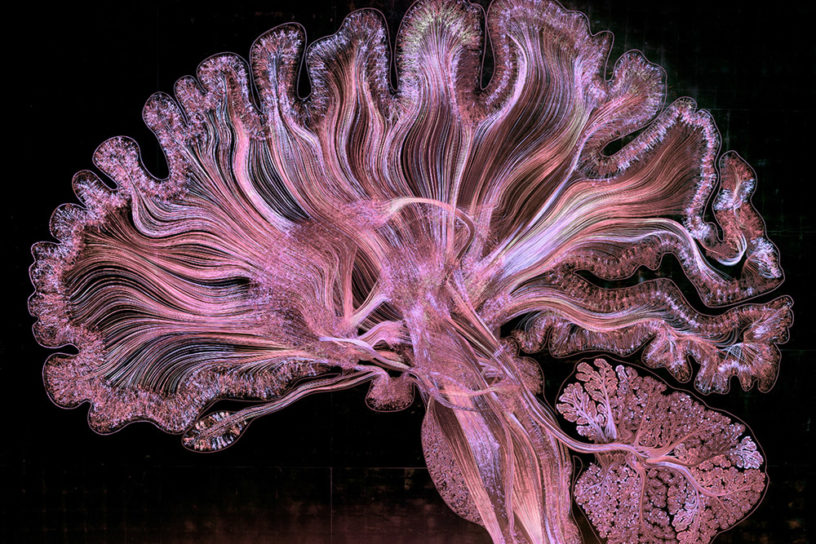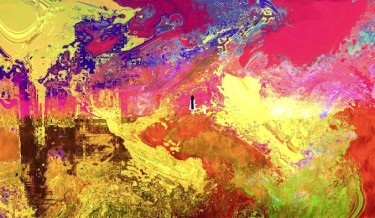Related post
BMW Gets Creative With Projection Mapping On 7-Series [w/Video]
Sep 04, 2017
|
Comments Off on BMW Gets Creative With Projection Mapping On 7-Series [w/Video]
3208
Kaleidosoup 2015 VJ Festival: Photo report
Nov 30, 2015
|
Comments Off on Kaleidosoup 2015 VJ Festival: Photo report
3205














